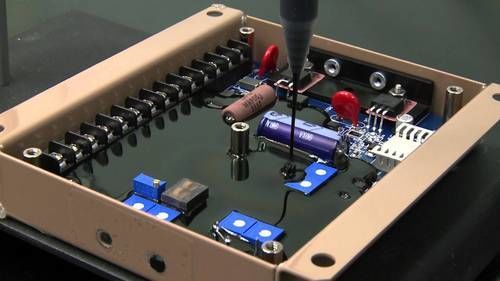Manufacturing
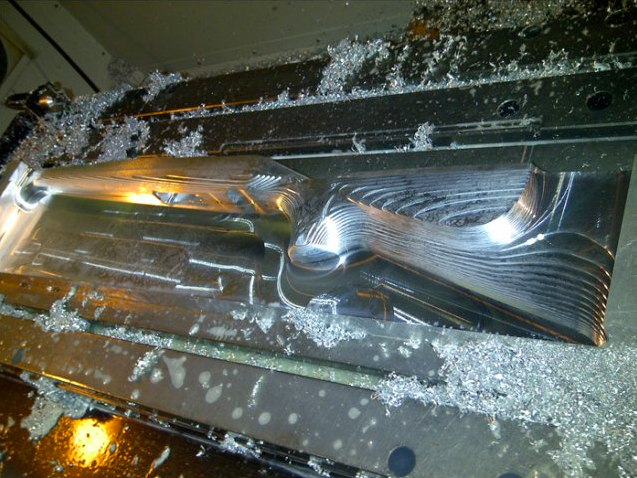
CNC milling service capabilities
From prototyping to full production runs. Our 3 axis, 3+2 axis and full 5-axis milling machines will allow you to produce highly accurate and quality parts to meet even your most stringent requirements.
3-axis and 3+2-axis CNC milling
3-axis and 3+2 axis CNC milling machines have the lowest start-up machining costs. They are used to produce parts with relatively simple geometries.
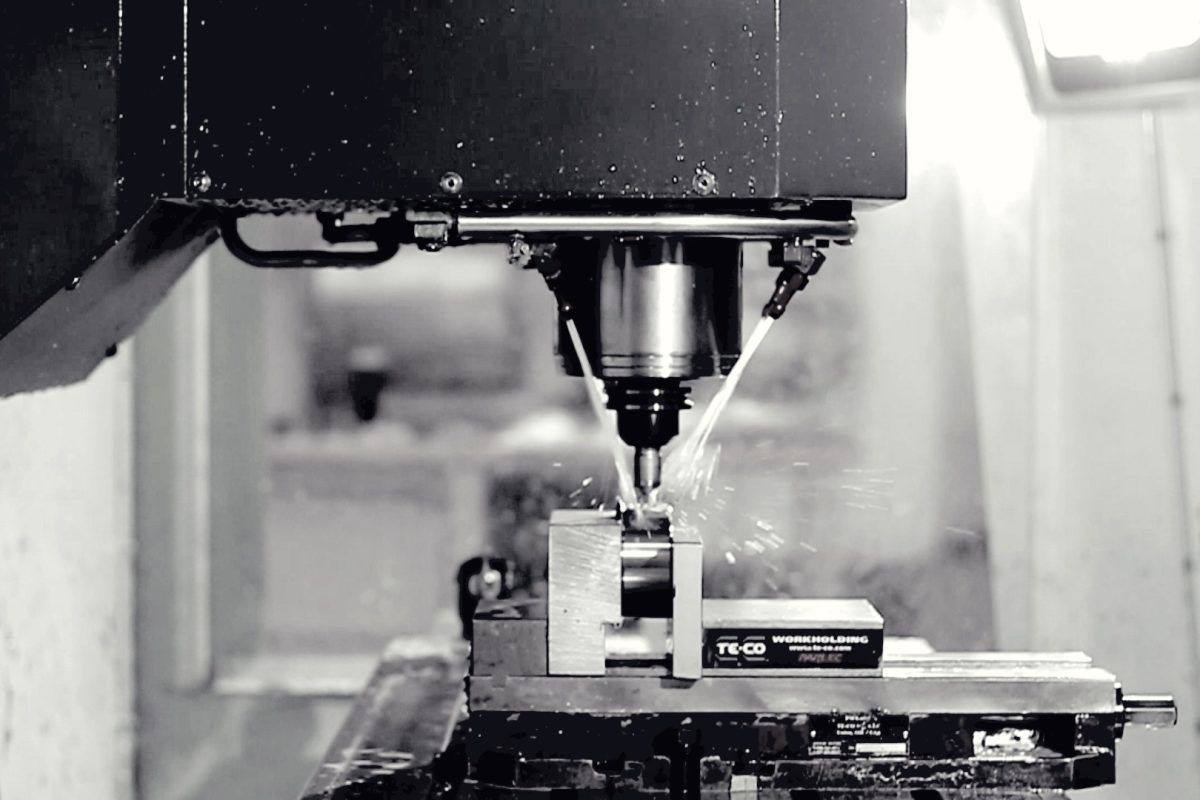
CNC Routing
Our modern facility houses cutting-edge, high-speed Computer Numerical Control (CNC) and AXIS machinery. This machining process ensures highly accurate two and three dimensional cutting of components by removing material through a subtractive drilling process. We work to a precision of 0.01mm which guarantees a consistently, excellent cut and a fine finish on all jobs.
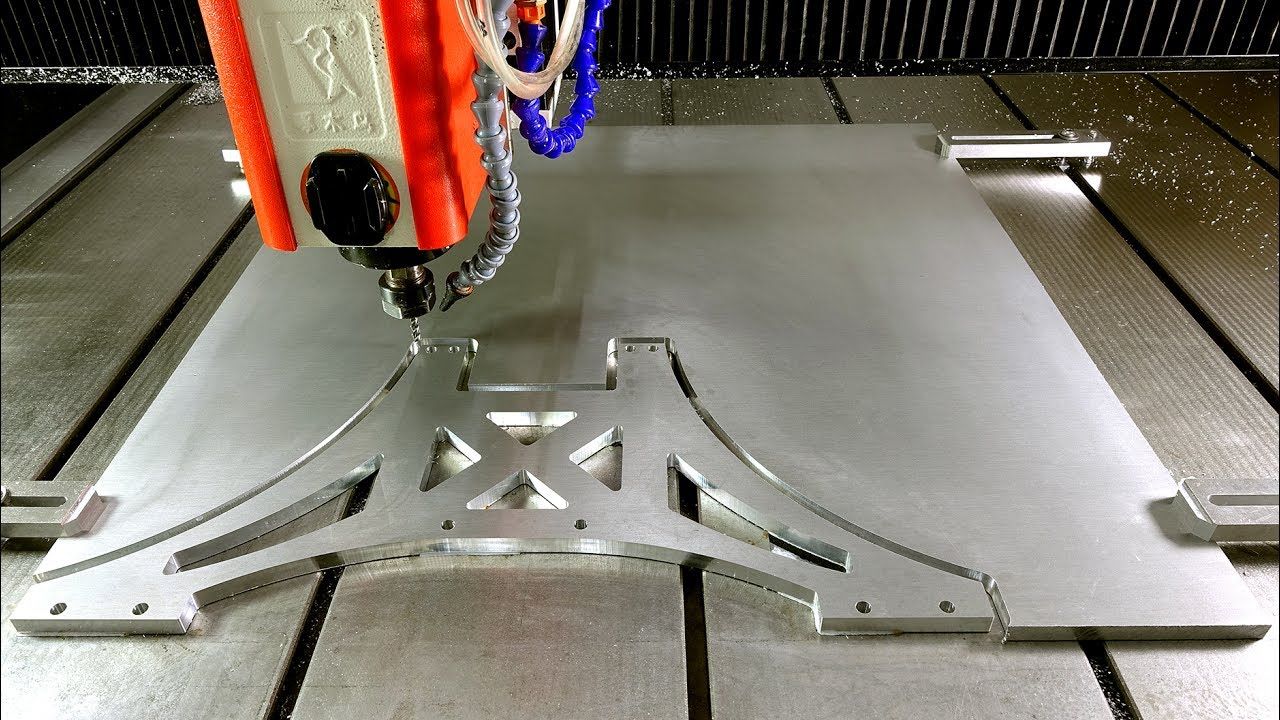
CNC Turning
Our CNC turning service capabilities
CNC lathe
From prototyping to full production runs. CNC lathes will allow you to produce highly accurate, high quality parts to meet even your most stringent requirements.
CNC turning machines are able to provide low cost parts for simple cylindrical geometries. Live tooling is available for more complex geometries and is assessed on a case by case basis.
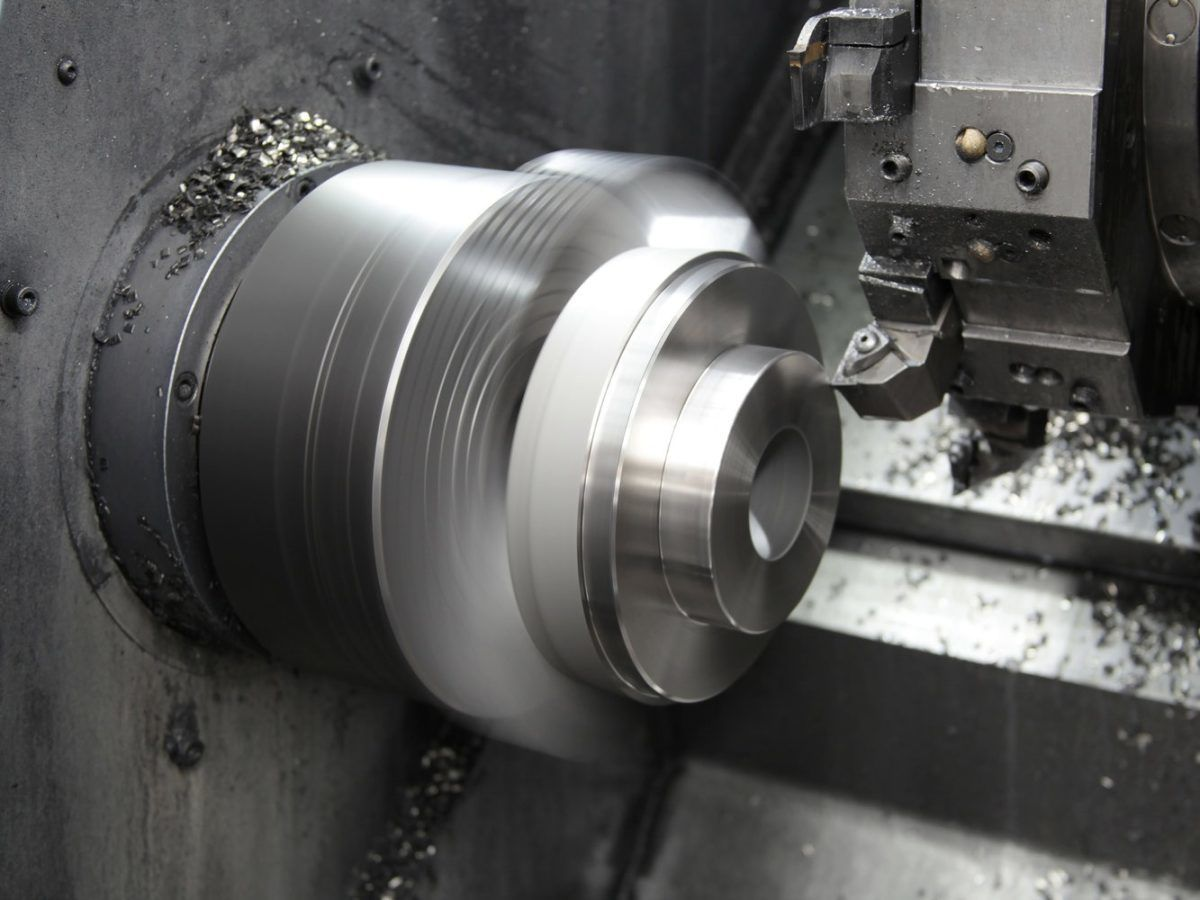
Surface Finishing
Our surface finishing capabilities
Use Creative Product Solutions as your one-stop solution for both manufacturing and surface finishing of your custom CNC machined parts, reducing the risk of production.
Part Marking Service
Get your custom CNC machined parts marked with laser engraving or silk screening.
What is part marking?
Part marking is a cost-effective way to add logos or custom lettering to your designs and is often used for custom part tagging during full-scale production.
To request part marking, you will need to provide the following:
- 3D model of the part
- Vector file (typically in AI format) of the font or geometry required for the marking
- Technical drawing (PDF format) indicating the exact location for the marking
Fabrication
Sheet metal fabrication is a manufacturing method that involves cutting and bending sheets of metal to form different shapes. Sheet metal fabrication is more cost-effective than CNC machining when it comes to metal components with uniform wall thickness.
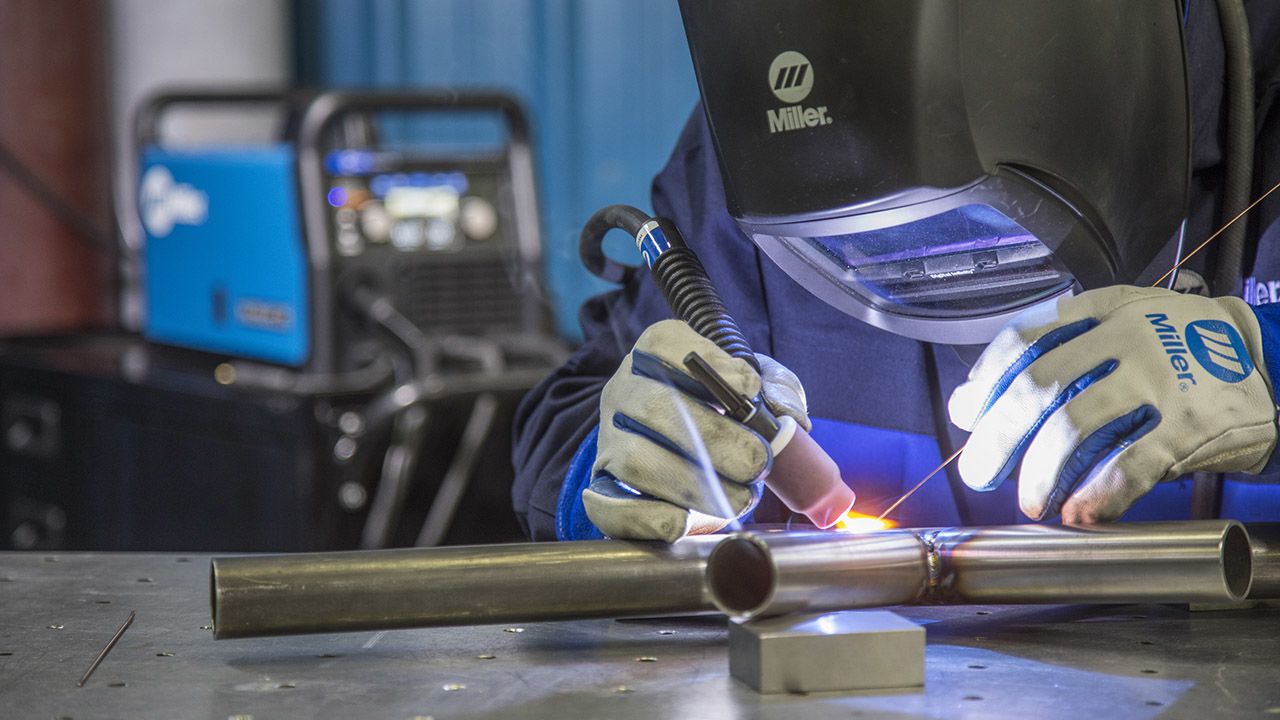
Resin Casting
The simplest method is gravity casting where the resin is poured into the mold and pulled down into all the parts by gravity. When the two part resin is mixed air bubbles tend to be introduced into the liquid which can be removed in a vacuum chamber. The casting can also be done in a vacuum chamber (when using open molds) to either extract these bubbles, or in a pressure pot, to reduce their size to the point where they aren't visible. Pressure and/or centrifugal force can be used to help push the liquid resin into all details of the mold. The mold can also be vibrated to expel bubbles.
Electronics Potting
In electronics, potting is a process of filling a complete electronic assembly with a solid or gelatinous compound for resistance to shock and vibration, and for exclusion of moisture and corrosive agents. Thermosetting plastics or silicone rubber gels are often used, though epoxy resins are also very common.
